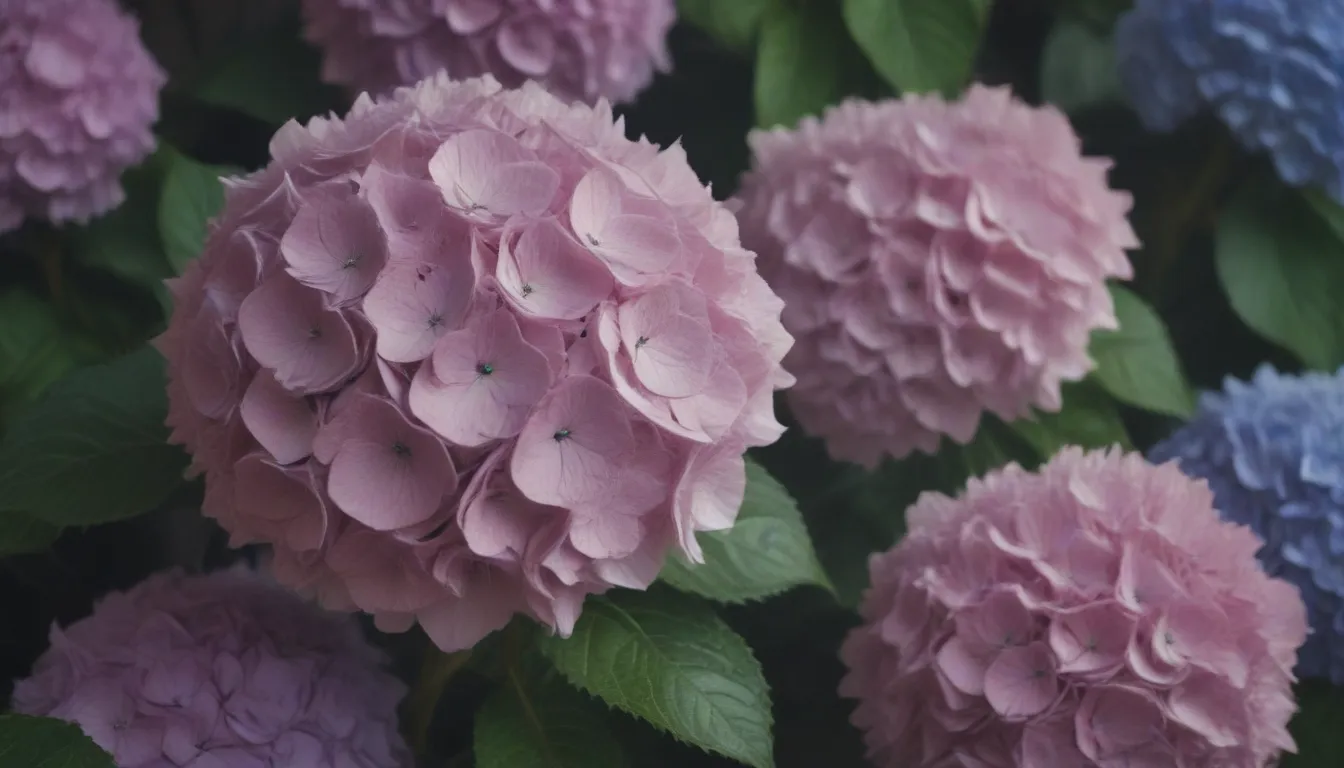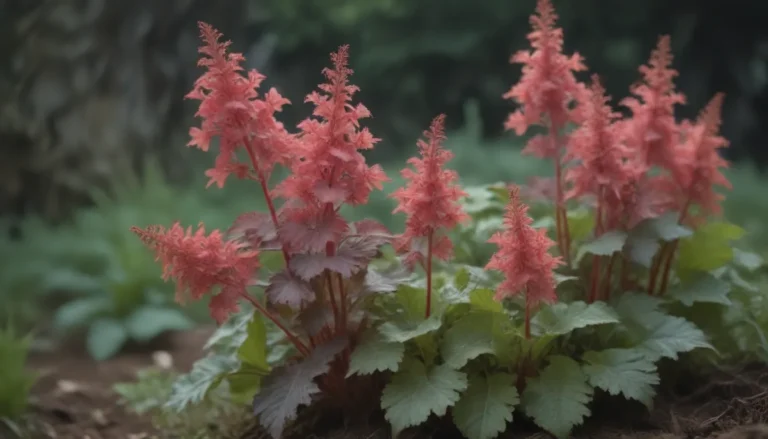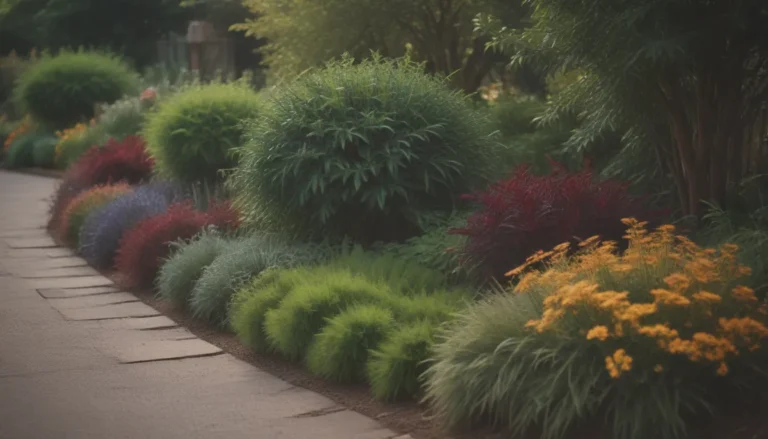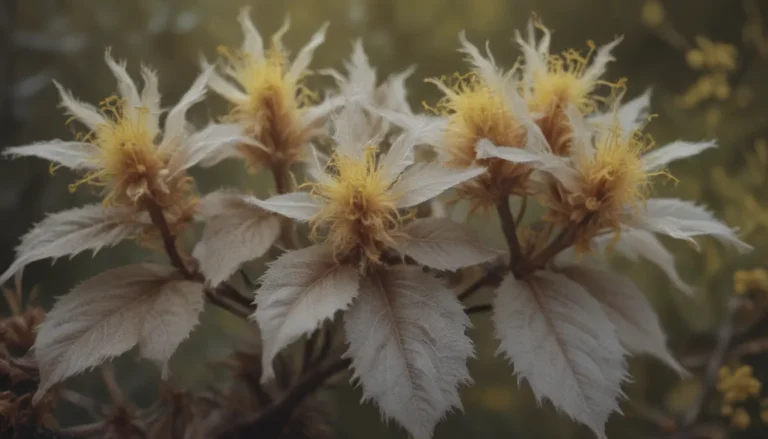The Ultimate Guide to Growing and Caring for Hydrangeas

Hydrangeas are a beloved ornamental plant known for their stunning large flower heads that come in a variety of vibrant colors. Whether you’re a seasoned gardener or a beginner looking to add some beauty to your outdoor space, hydrangeas are a versatile shrub that can thrive in a range of environments. In this comprehensive guide, we’ll explore everything you need to know about growing and caring for hydrangeas to ensure they flourish in your garden.
Why Choose Hydrangeas?
Hydrangeas are a popular choice for gardeners due to their attractive blooms and low maintenance requirements. Here are some reasons why you should consider adding hydrangeas to your landscape:
- Large, colorful flower heads that add visual interest to your garden
- Versatile shrubs that can thrive in various soil types and light conditions
- Rapid growth rate, with some varieties averaging 2 feet or more of growth per year
- Ability to control bloom color by adjusting soil pH
- Beautiful foliage that adds texture to your garden
Hydrangea Care Tips
To ensure your hydrangeas thrive and produce abundant blooms, it’s essential to provide them with the right care. Here are some key care requirements for growing healthy hydrangea plants:
Light
Hydrangeas thrive in partial shade, especially when planted under tall deciduous trees that provide filter sunlight. They also do well in full sun but may require extra watering during hot summer days to prevent dehydration.
Soil
While hydrangeas can tolerate various soil types, they grow best in fertile, humus-rich soil. You can also control the bloom color of your hydrangeas by adjusting the soil pH. Acidic soil produces blue flowers, while neutral to alkaline soil yields pink blooms.
Water
Hydrangeas require consistent moisture throughout the growing season. Water deeply one to two times per week, ensuring the soil is saturated but not waterlogged. During hot weather, increase watering to keep the soil damp but not soggy.
Temperature and Humidity
Hydrangeas prefer mild temperatures and moderate to high humidity. Ensure they are protected from harsh winter winds and avoid planting them in areas prone to extreme temperature fluctuations.
Fertilizer
Avoid over-fertilizing hydrangeas, as it can lead to lush foliage but fewer blooms. Apply a balanced fertilizer suitable for flowering shrubs in the spring if your soil lacks nutrients.
Types of Hydrangeas
There are several popular species of hydrangeas commonly used as ornamental shrubs. Understanding the characteristics of each species can help you choose the right hydrangea for your garden:
- Hydrangea macrophylla: Known for its ability to change bloom color based on soil pH
- Hydrangea arborescens: Hardy shrub with large, showy blooms
- Hydrangea quercifolia: Features oakleaf-shaped leaves and cone-shaped flower heads
- Hydrangea paniculata: Known for its cone-shaped flower clusters that turn from white to pink
Pruning Hydrangeas
The timing and method of pruning hydrangeas depend on the species and when buds are set. It’s crucial to know the type of hydrangea you’re growing to avoid inadvertently removing next season’s blooms.
Propagating Hydrangeas
While hydrangeas are typically propagated from cuttings due to their cultivar and hybrid nature, there are methods you can use to propagate new plants. Taking stem cuttings or rooting branches directly in the soil are common techniques for expanding your hydrangea collection.
Propagating by Cuttings
- Select healthy stems for cuttings with a sharp, sterilized knife.
- Remove the leaves from the bottom half of the cutting.
- Dip the cut end in rooting hormone and plant it in a well-draining soil mix.
- Keep the cutting moist and protected until roots develop.
Propagating by Rooting Branches Directly in the Soil
- Choose a healthy branch and bend it towards the ground.
- Make a small incision in the bark and press the branch into the soil.
- Keep the branch moist until roots develop, then sever it from the parent plant.
Potting and Repotting Hydrangeas
Compact hydrangeas can make beautiful container plants, but it’s essential to choose the right pot and provide proper care. Start with a large pot with good drainage and repot your hydrangeas every three to five years or when their roots outgrow the container.
Overwintering potted hydrangeas requires protection from harsh weather conditions to ensure they survive the winter intact.
Common Pests and Plant Diseases
Hydrangeas are susceptible to pests such as aphids, weevils, and spider mites, as well as diseases like powdery mildew and leaf spotting. Regular inspection and prompt treatment can help prevent damage to your plants.
How to Get Hydrangeas to Bloom
Ensuring your hydrangeas bloom requires attention to factors like light, water, and soil pH. By providing the right conditions and avoiding common pitfalls, you can enjoy a vibrant display of hydrangea flowers throughout the growing season.
How Long Does Hydrangea Bloom?
Hydrangeas typically bloom from July to the fall, with some varieties starting as early as June. Gift hydrangeas from florists are forced to bloom once and may not survive long term in your garden.
Encouraging More Blooms
Boosting blooming in your hydrangeas involves proper watering, avoiding high-nitrogen fertilizers, and using food suitable for acid-loving plants. Deadheading spent blooms can also promote continued flowering.
Caring for Hydrangeas After Blooming
Leave dried flowers on the plant for winter interest or deadhead them to tidy up the shrub. Stop deadheading in late fall to preserve buds on the old wood for next year’s blooms.
Common Problems with Hydrangeas
From no blooms to drooping leaves, hydrangeas can present various issues that require attention. Understanding the causes of these problems can help you address them effectively:
- No Blooms: Pruning at the wrong time, cold damage to buds, or over-fertilizing can result in lack of blooms.
- Drooping Leaves: While drooping leaves can signal dehydration, hydrangeas have a natural defense mechanism to conserve moisture in hot weather.
- Yellowing Leaves: Overwatering, underwatering, or over-fertilizing can cause leaves to turn yellow. Adjusting watering and fertilization practices can help revive the plant.
- Brown Leaf Tips: Excessive fertilization or soil amendments can burn the roots, leading to brown leaf tips. Flushing the soil and avoiding further fertilization can alleviate the issue.
Fun Facts About Hydrangeas
- Hydrangeas can change bloom color by adjusting soil pH with additives like aluminum sulfate or lime.
- Different hydrangea varieties bloom on old or new wood, affecting pruning practices.
- Training hydrangeas into small trees can create unique focal points in your garden.
In conclusion, growing and caring for hydrangeas can be a rewarding experience that adds beauty and charm to your outdoor space. By following these tips and guidelines, you can ensure your hydrangeas thrive and produce stunning blooms throughout the growing season. Whether you’re a seasoned gardener or a beginner, hydrangeas are a versatile and visually appealing addition to any garden. So go ahead, plant some hydrangeas and watch your garden come to life with their vibrant colors and elegant blooms!





